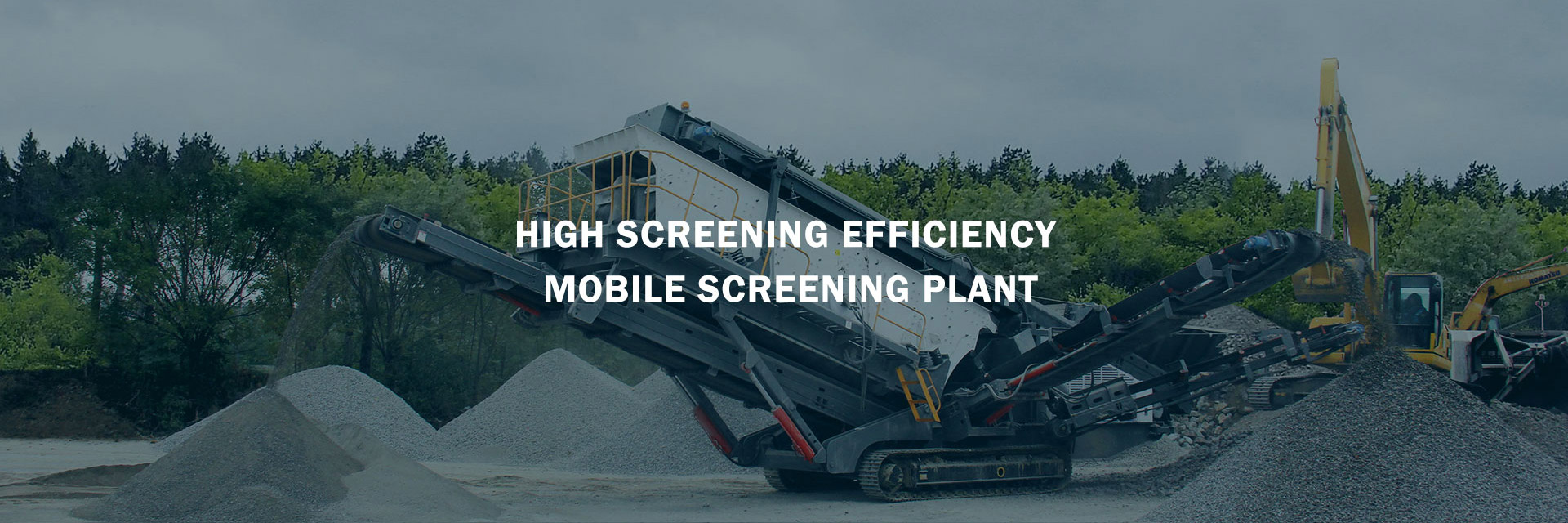Centerless Infeed Grinding: Overview and Key Aspects
Centerless infeed grinding is a precision machining process used to grind cylindrical parts with high accuracy, especially for complex geometries like stepped or tapered diameters. Unlike through-feed grinding (where the workpiece moves axially), infeed grinding involves the workpiece remaining stationary while the grinding wheel advances radially into it.
Key Components & Setup
1. Grinding Wheel: Primary abrasive wheel that removes material.
2. Regulating Wheel: Controls workpiece rotation and feed rate (stationary in infeed mode).
3. Work Rest Blade: Supports the workpiece at the correct height.
How Infeed Grinding Works
– The workpiece is loaded into the machine against an end stop.
– The grinding wheel feeds radially inward to achieve the desired diameter.
– No axial movement occurs; grinding is done in one pass for the entire length.
– Ideal for parts with multiple diameters or shoulders.
Advantages
– High Precision: Achieves tight tolerances (±0.0001″ or better).
– Complex Geometries: Suitable for stepped, tapered, or contoured parts.
– No Centering Required: Eliminates need for centers or chucks, reducing setup time.
– Consistency: Excellent for batch production of identical parts.
.jpg) Common Applications
Common Applications
– Automotive components (e.g., valve stems, shafts).
– Aerospace parts (e.g., turbine blades, pins).
– Medical devices (e.g., surgical tools, implants).
– Bearings and rollers.
Parameters to Control
1. Infeed Rate: Speed at which the grinding wheel advances (affects surface finish).
2. Regulating Wheel Speed: Adjusts workpiece rotation.
3. Dressing Frequency: Maintains wheel sharpness.
4. Work Rest Angle: Typically set at 30° for stability.
Work Rest Angle: Typically set at 30° for stability.
Limitations
– Not suitable for very long or slender parts (risk of deflection).
– Requires precise setup to avoid lobing or out-of-roundness.
– Higher initial machine cost compared to centered grinding.
Tips for Optimal Performance
– Use proper coolant to prevent thermal damage.
– Dress wheels regularly to maintain accuracy.
– Match wheel grit/material to the workpiece (e.g., CBN for hardened steel).
Conclusion
Centerless infeed grinding excels in high-precision, high-volume production of complex cylindrical parts. Proper setup and parameter control are critical to achieving desired tolerances and surface finishes. For one-off jobs, alternative methods





Leave a Reply